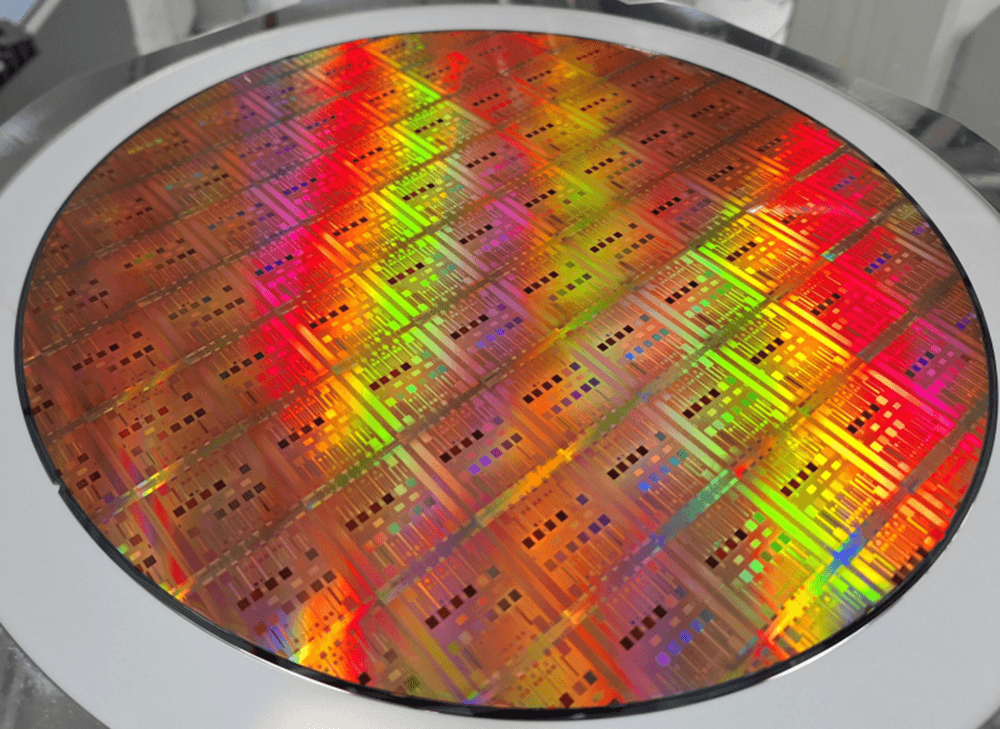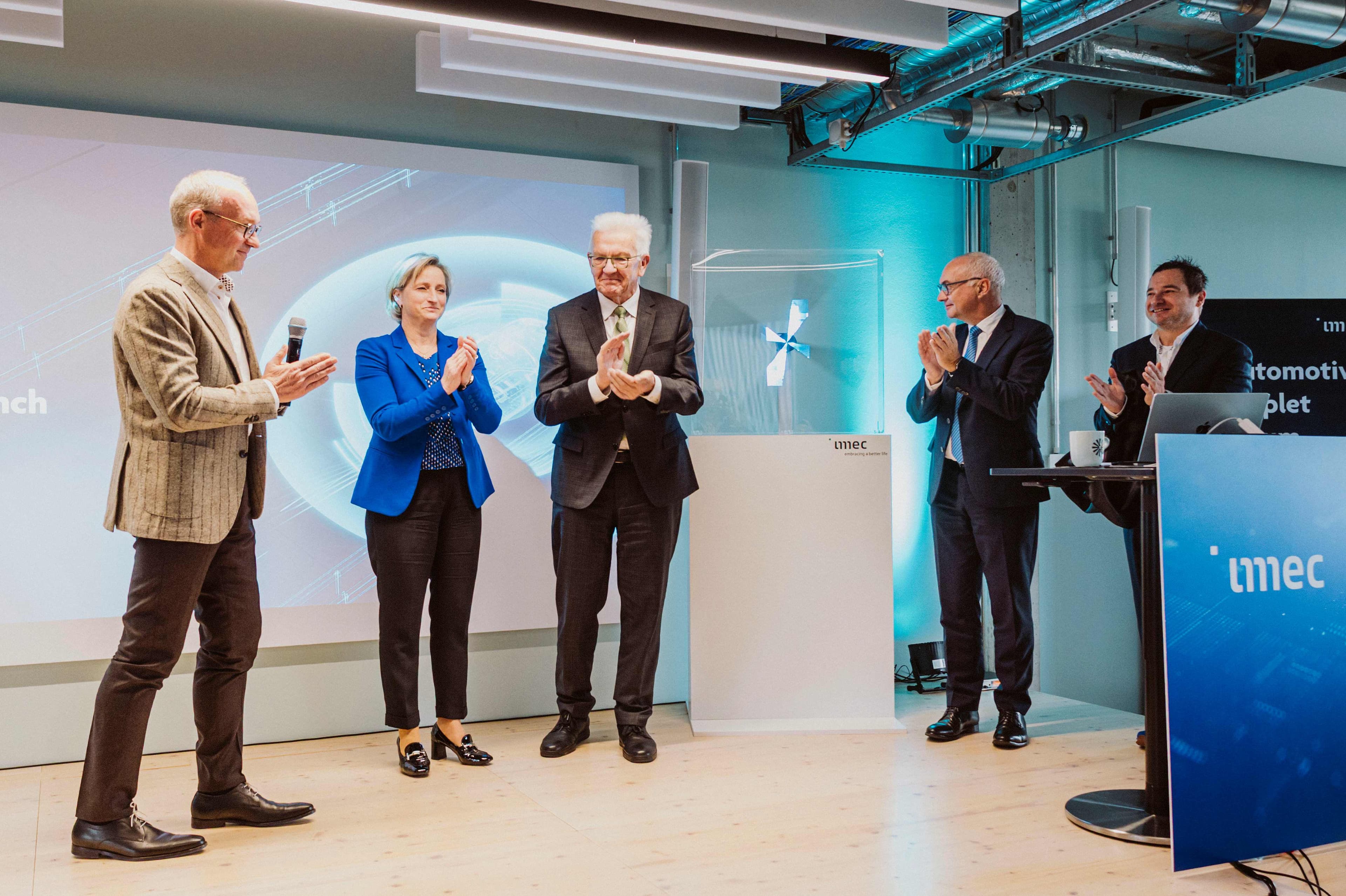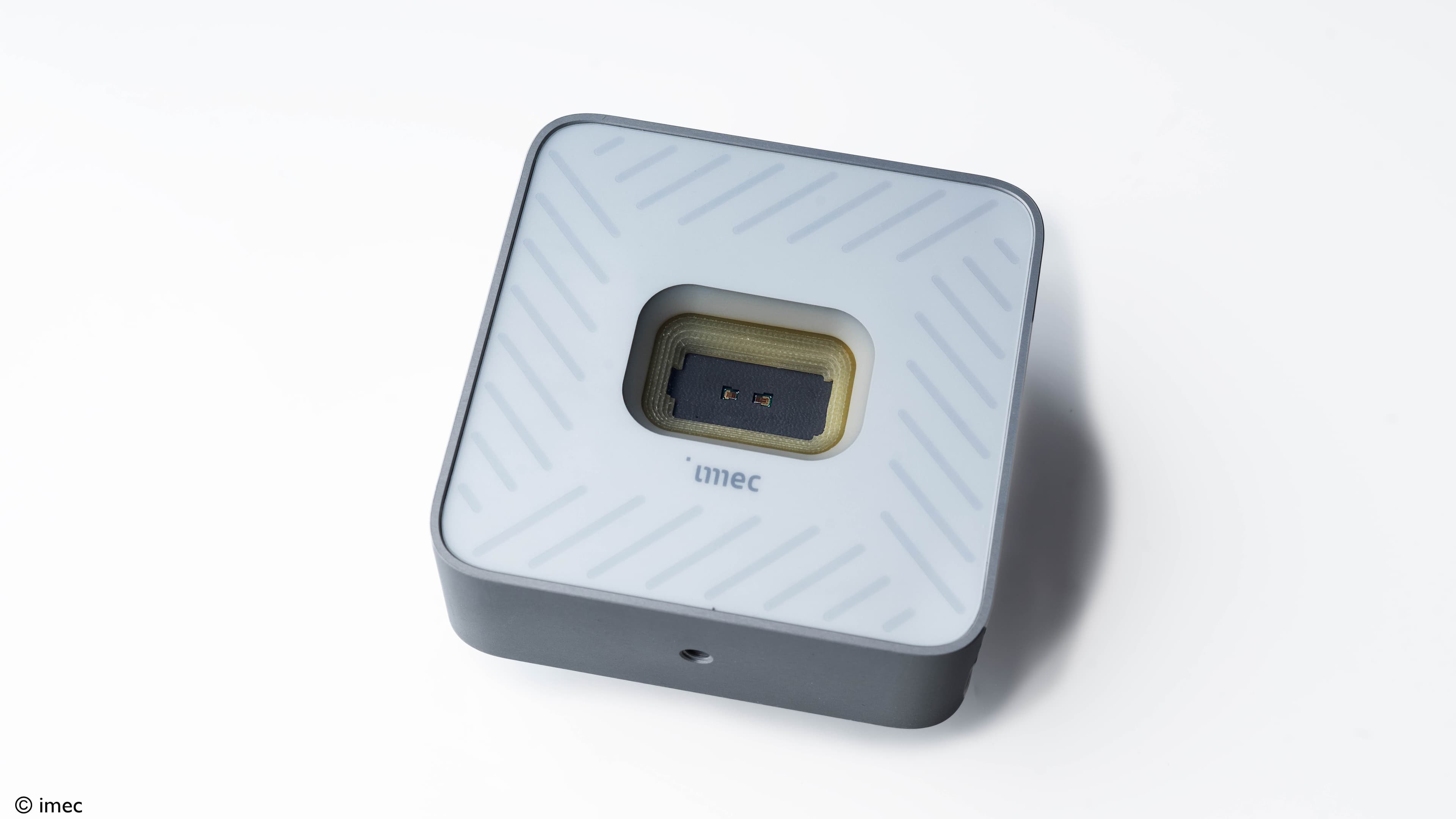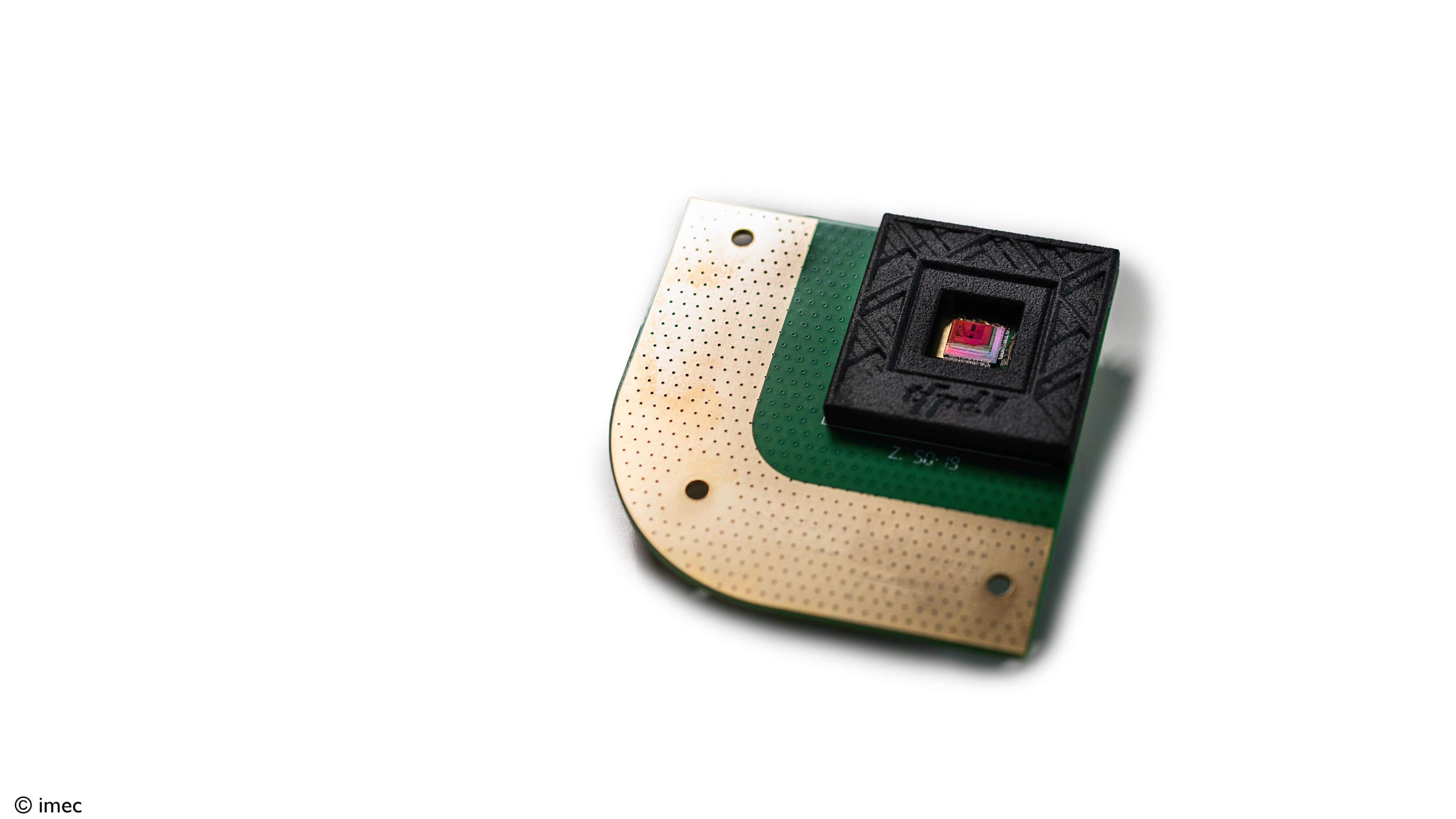
Next-generation ADAS technology
Take advantage of imec’s IoT expertise to develop car sensor technologies that will severely mitigate human driving errors.
Technology has the power to rule out human errors. In traffic, that can save lives.
Current advanced driver-assistance systems (ADAS) are already able to keep a lane or assist in parking. The next generations of ADAS will take on more driving tasks – without failing. That might even result in full autonomous driving.
Of course, reaching these new levels of ADAS requires several technological breakthroughs – on hardware and software levels. On both counts, imec is ready to support your R&D.
ADAS sensors
Sensors are the ‘eyes and ears’ of ADAS technology systems. Car manufacturers need them to be:
- small
- cost-efficient
- low-power
As a world-renowned nanotechnology R&D hub, imec is a frontrunner in the digitization and miniaturization of various sensor platforms.
Camera systems
Cameras will always play an important role in monitoring a vehicle’s surroundings. But they do have some drawbacks, most notably their poor performance in low lighting or bad weather conditions.
Draw on imec’s expertise in imaging and vision systems and optimize your on-board cameras by leveraging technologies such as silicon-based SWIR sensors that see through mist, smoke and water vapor.

Monolithic thin-film image sensor for the SWIR range, processed at die level.
Radar
Radar is only mildly affected by weather conditions. It’s already used for features such as parking assistance. To perform even more ADAS functions, its resolution and precision needs to increase.
As a pioneer in digital radar technology, imec continues its research into compact, low-cost and low-power 140 GHz on-chip radar for automotive solutions and enabling next-generation imaging radar.
High resolution, low cost: 140 GHz radar is bringing smarter, safer cars within everyone’s reach
Achieving higher angle accuracy in a radar unit is possible through more antennas. Digital beamforming can create an array of narrow beams to improve the resolution. For 4D radar, the antenna elements are arranged both horizontally and vertically.
Watch the presentation on intelligent imaging radar by Barend van Liempd, manager of imec’s radar IC program, at Virtual Sensor Show.
Lidar
When it comes to generating a faithful 3D image of a car’s environment or provide the exact locations of objects in its vicinity, nothing beats lidar. But current lidar solutions are expensive and bulky.
Through its solid-state lidar research, imec aims to reduce both size and cost of conventional lidar systems. Paving the way for their integration in future ADAS solutions.
ADAS sensor fusion
In order to create an actionable model of a vehicle’s surroundings, the information of all these sensor technologies needs to be combined. That’s why sensor fusion is an essential component of next-generation ADAS technologies.
Imec develops fusion algorithms and has built a GPU programming language that accelerates image reconstruction and video processing by 10 to 100 times through faster, easier programming of GPU/CPU parallel computing. And we work on dedicated neuromorphic chips that process radar signals using a spiking recurrent neural network, for breakthroughs in power consumption and response time.
Draw on imec’s expertise in data science and artificial intelligence to efficiently combine data streams and detect and classify objects through deep learning.
Work with us on ADAS technology
Want to speed up your R&D into ADAS technology? You’re welcome to
- join one of our research programs to evaluate technology options
- license our technological building blocks to use them in your own solutions
- enter into an exclusive bilateral collaboration with imec’s R&D team












